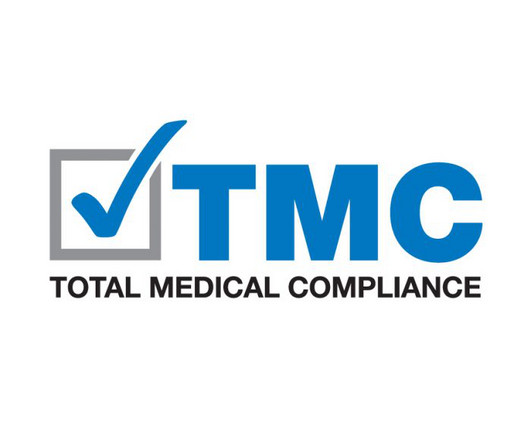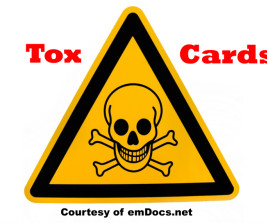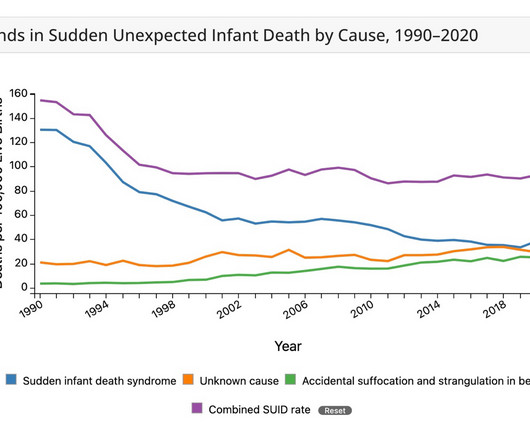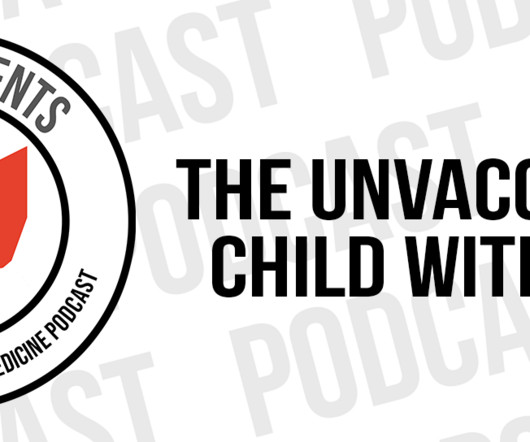2023 Critical Care Year in Review (Part 1)
PulmCCM
DECEMBER 11, 2023
Sepsis, infectious disease Managing septic shock with a restrictive-fluids approach (preferentially using vasopressors after a single liter crystalloid bolus) led to similar outcomes as the usual practice of bolusing large volumes of fluids first. Either approach in severe sepsis with shock seems reasonable.


































Let's personalize your content